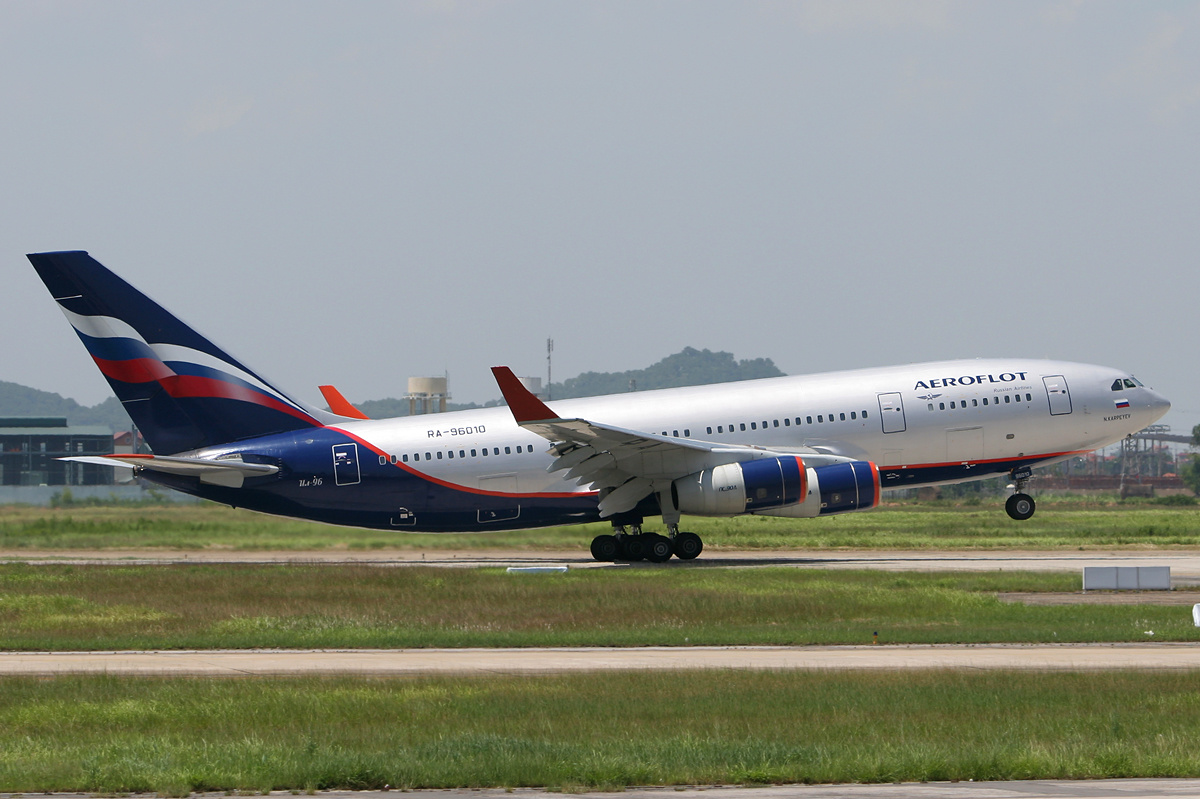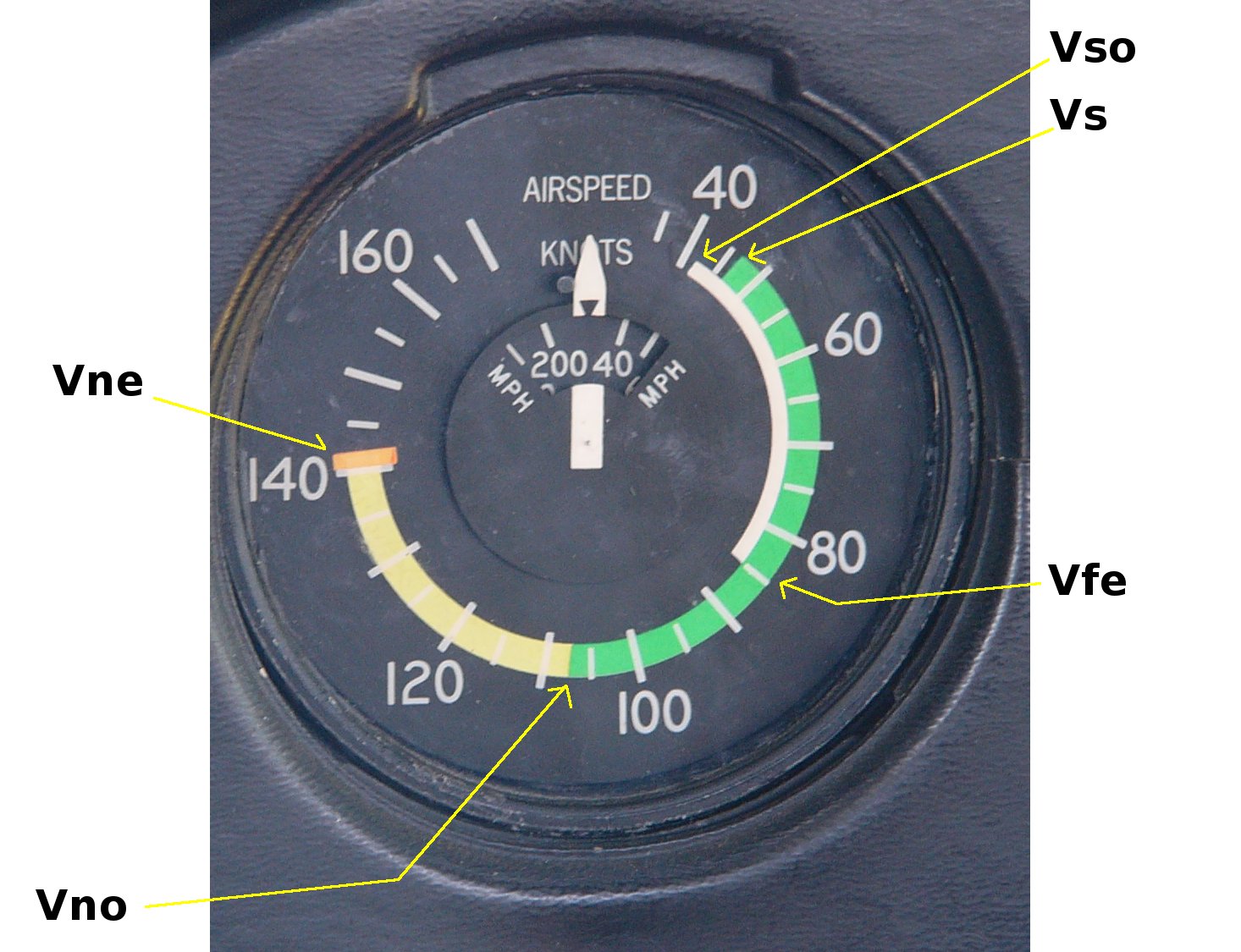|
Balanced Field
In aviation, a balanced field takeoff is a condition where the takeoff distance required (TODR) with one engine inoperative and the accelerate-stop distance are equal for the aircraft weight, engine thrust, aircraft configuration and runway condition. For a given aircraft weight, engine thrust, aircraft configuration, and runway condition, the shortest runway length that complies with safety regulations is the balanced field length."If we let A be the distance traveled by the airplane along the ground from the original starting point to the point where V1 is reached, and we let B be the additional distance traveled with an engine failure (the same distance to clear an obstacle or to brake to a stop), then the balanced field length is by definition the total distance A+B." Anderson, John D. Jr (1999), ''Aircraft Performance and Design'', Section 6.7, McGraw-Hill, The takeoff decision speed V1 is the fastest speed at which the pilot must take the first actions to reject the takeoff ... [...More Info...] [...Related Items...] OR: [Wikipedia] [Google] [Baidu] |
Aviation
Aviation includes the activities surrounding mechanical flight and the aircraft industry. ''Aircraft'' includes fixed-wing and rotary-wing types, morphable wings, wing-less lifting bodies, as well as lighter-than-air craft such as hot air balloons and airships. Aviation began in the 18th century with the development of the hot air balloon, an apparatus capable of atmospheric displacement through buoyancy. Some of the most significant advancements in aviation technology came with the controlled gliding flying of Otto Lilienthal in 1896; then a large step in significance came with the construction of the first powered airplane by the Wright brothers in the early 1900s. Since that time, aviation has been technologically revolutionized by the introduction of the jet which permitted a major form of transport throughout the world. Etymology The word ''aviation'' was coined by the French writer and former naval officer Gabriel La Landelle in 1863. He derived the term from the v ... [...More Info...] [...Related Items...] OR: [Wikipedia] [Google] [Baidu] |
Takeoff Distance
Takeoff is the phase of flight in which an aerospace vehicle leaves the ground and becomes airborne. For aircraft traveling vertically, this is known as liftoff. For aircraft that take off horizontally, this usually involves starting with a transition from moving along the ground on a runway. For balloons, helicopters and some specialized fixed-wing aircraft (VTOL aircraft such as the Harrier and the Bell Boeing V22 Osprey), no runway is needed. Horizontal Power settings For light aircraft, usually full power is used during takeoff. Large transport category (airliner) aircraft may use a reduced power for takeoff, where less than full power is applied in order to prolong engine life, reduce maintenance costs and reduce noise emissions. In some emergency cases, the power used can then be increased to increase the aircraft's performance. Before takeoff, the engines, particularly piston engines, are routinely run up at high power to check for engine-related problems. The aircra ... [...More Info...] [...Related Items...] OR: [Wikipedia] [Google] [Baidu] |
V1 Speed
V1, V01 or V-1 can refer to version one (for anything) (e.g., see version control) V1, V01 or V-1 may also refer to: In aircraft * V-1 flying bomb, a World War II German weapon * V1 speed, the maximum speed at which an aircraft pilot may abort a takeoff without causing a runway overrun * Vultee V-1, an American single-engine airliner of the 1930s * Fokker V.1, a German parasol monoplane experimental fighter prototype, built in 1916 * The first prototype/experimental ''(Versuchs)'' airframe of nearly any German WW II-era military aircraft Vessels * V1-class destroyer, a German World War I destroyer class * USS V-1, 1924–1931 designation of the USS ''Barracuda'' (SS-163), first of the US "V-boat" series of submarines * V1, a rudderless single-paddler outrigger canoe In medicine * V1, the primary visual cortex * V1, the ophthalmic nerve, first division of the trigeminal nerve * V1, one of six precordial leads in electrocardiography In astronomy * V1, or ''Hubble variable num ... [...More Info...] [...Related Items...] OR: [Wikipedia] [Google] [Baidu] |
Transport Category
Transport category is a category of airworthiness applicable to large civil airplanes and large civil helicopters. Any aircraft's airworthiness category is shown on its airworthiness certificate. The name "transport category" is used in the US, Canada, Europe and many other countries. Concept of transport category airworthiness A principle behind transport category design standards is that any element in an airplane or helicopter can fail, but the risk of such a failure causing an accident should be acceptable under certain airworthiness requirements. Consequently, transport category airplanes and helicopters have duplicated elements wherever failure of one element is likely to cause an accident. For example, transport category airplanes must have at least two engines and be flown by at least two pilots. The loads on the wings and tailplanes are usually carried by multiple load paths. If one element of the primary structure fails due to metal fatigue or corrosion the remainin ... [...More Info...] [...Related Items...] OR: [Wikipedia] [Google] [Baidu] |
Rotation (aeronautics)
In aviation, rotation refers to the action of applying back pressure to a control device, such as a yoke, side-stick or centre stick, to lift the nose wheel off the ground during takeoff. The aircraft rotates around its lateral axis. Rotation is begun at the speed known as VR. Rotation at the correct speed and to the correct angle is important for safety reasons and to decrease takeoff distance. After rotation, the aircraft continues to accelerate until it reaches its liftoff speed VLO, at which point it leaves the runway. Over-rotation can cause a tailstrike, which can damage the underside of the tail unless prevented by a protection device such as a tailskid or tail bumper. A certification test is required to show that a new aircraft design will still take off safely with the tail dragging on the runway. Using a higher VR will increase tail clearance and reduce the probability of tailstrike. Description Rotation applies to tricycle gear aircraft rather than those with convent ... [...More Info...] [...Related Items...] OR: [Wikipedia] [Google] [Baidu] |
Density Altitude
The density altitude is the altitude relative to standard atmospheric conditions at which the air density would be equal to the indicated air density at the place of observation. In other words, the density altitude is the air density given as a height above mean sea level. The density altitude can also be considered to be the pressure altitude adjusted for a non-standard temperature. Both an increase in the temperature and a decrease in the atmospheric pressure, and, to a much lesser degree, an increase in the humidity, will cause an increase in the density altitude. In hot and humid conditions, the density altitude at a particular location may be significantly higher than the true altitude. In aviation, the density altitude is used to assess an aircraft's aerodynamic performance under certain weather conditions. The lift generated by the aircraft's airfoils, and the relation between its indicated airspeed (IAS) and its true airspeed (TAS), are also subject to air-density cha ... [...More Info...] [...Related Items...] OR: [Wikipedia] [Google] [Baidu] |
Flap (aircraft)
A flap is a high-lift device used to reduce the stalling speed of an aircraft wing at a given weight. Flaps are usually mounted on the wing trailing edges of a fixed-wing aircraft. Flaps are used to reduce the take-off distance and the landing distance. Flaps also cause an increase in drag so they are retracted when not needed. The flaps installed on most aircraft are partial-span flaps; spanwise from near the wing root to the inboard end of the ailerons. When partial-span flaps are extended they alter the spanwise lift distribution on the wing by causing the inboard half of the wing to supply an increased proportion of the lift, and the outboard half to supply a reduced proportion of the lift. Reducing the proportion of the lift supplied by the outboard half of the wing is accompanied by a reduction in the angle of attack on the outboard half. This is beneficial because it increases the margin above the stall of the outboard half, maintaining aileron effectiveness and reduci ... [...More Info...] [...Related Items...] OR: [Wikipedia] [Google] [Baidu] |
Flight Planning
Flight planning is the process of producing a flight plan to describe a proposed aircraft flight. It involves two safety-critical aspects: fuel calculation, to ensure that the aircraft can safely reach the destination, and compliance with air traffic control requirements, to minimise the risk of midair collision. In addition, flight planners normally wish to minimise flight cost through the appropriate choice of route, height, and speed, and by loading the minimum necessary fuel on board. Air Traffic Services (ATS) use the completed flight plan for separation of aircraft in air traffic management services, including tracking and finding lost aircraft, during search and rescue (SAR) missions. Flight planning requires accurate weather forecasts so that fuel consumption calculations can account for the fuel consumption effects of head or tail winds and air temperature. Safety regulations require aircraft to carry fuel beyond the minimum needed to fly from origin to destination, al ... [...More Info...] [...Related Items...] OR: [Wikipedia] [Google] [Baidu] |
V Speeds
In aviation, V-speeds are standard terms used to define airspeeds important or useful to the operation of all aircraft. These speeds are derived from data obtained by aircraft designers and manufacturers during flight testing for aircraft type-certification. Using them is considered a best practice to maximize aviation safety, aircraft performance, or both. The actual speeds represented by these designators are specific to a particular model of aircraft. They are expressed by the aircraft's indicated airspeed (and not by, for example, the ground speed), so that pilots may use them directly, without having to apply correction factors, as aircraft instruments also show indicated airspeed. In general aviation aircraft, the most commonly used and most safety-critical airspeeds are displayed as color-coded arcs and lines located on the face of an aircraft's airspeed indicator. The lower ends of the white arc and the green arc are the stalling speed with wing flaps in landing conf ... [...More Info...] [...Related Items...] OR: [Wikipedia] [Google] [Baidu] |
Takeoff
Takeoff is the phase of flight in which an aerospace vehicle leaves the ground and becomes airborne. For aircraft traveling vertically, this is known as liftoff. For aircraft that take off horizontally, this usually involves starting with a transition from moving along the ground on a runway. For balloons, helicopters and some specialized fixed-wing aircraft (VTOL aircraft such as the Harrier and the Bell Boeing V22 Osprey), no runway is needed. Horizontal Power settings For light aircraft, usually full power is used during takeoff. Large transport category (airliner) aircraft may use a reduced power for takeoff, where less than full power is applied in order to prolong engine life, reduce maintenance costs and reduce noise emissions. In some emergency cases, the power used can then be increased to increase the aircraft's performance. Before takeoff, the engines, particularly piston engines, are routinely run up at high power to check for engine-related problems. The airc ... [...More Info...] [...Related Items...] OR: [Wikipedia] [Google] [Baidu] |






_091.jpg)